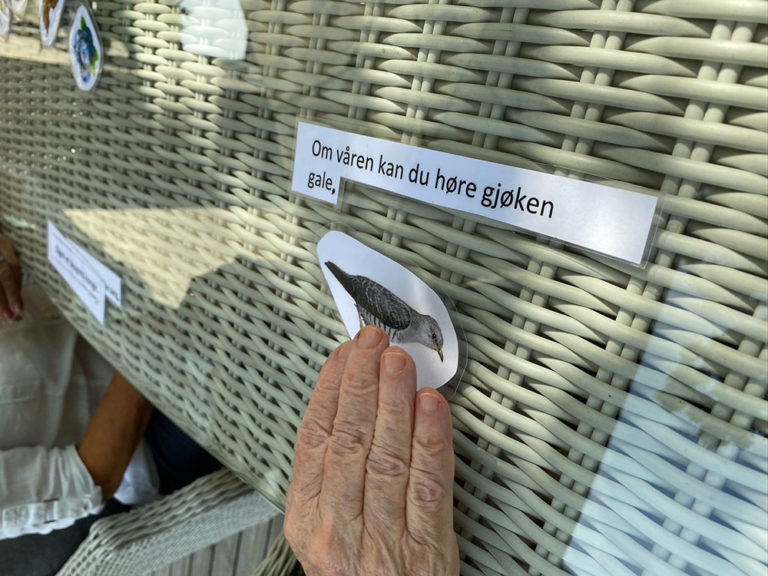Paying Attention
A person with Alzheimer’s disease or other related forms of dementia experiences changes in his or her ability to pay attention to things. Attention is the process of focusing on a specific stimulus for a particular length of time.
• Selective attention is the ability to focus on a single stimulus or process at one time while ignoring irrelevant or distracting information.
• Sustained attention is the ability to focus attention over extended periods of time.
• Divided attention is the ability to focus on more than one stimulus or process at one time or the ability to attend to multiple stimuli at the same time.
Research suggests that attention is the first non-memory area to be affected by Alzheimer’s disease or other related forms of dementia, even before deficits in language or visuospatial functions (skills that enable us to visually perceive objects and the spatial relationships among objects).
Consider the person with Alzheimer’s disease or other related forms of dementia who you know. What difficulties with daily tasks that might be related to attention deficits may have occurred in early stages?
It appears that divided attention and aspects of selective attention are very vulnerable, while sustained attention is relatively preserved in the early stages of the disease. As a result, a person may be able to enjoy focusing on a jigsaw puzzle for an extended period of time in a quiet environment free from distractions, but an environment with significant amounts of noise, movement, or visual clutter will be over-stimulating and create difficulties locating a desired item, focusing on an activity, or remembering the sequence of tasks.
As a care partner, you’ll need to look for things that may cause distractions and try to limit or avoid those situations. For example, if you are going out to dinner with friends, choose an early time before the restaurant is full and ask for a table that is away from noise and traffic patterns. This will help the person with dementia focus on the conversation.
Creating cues or templates can also help a person focus, attend to, and complete a task. Think of a cue as a reminder, signal, or hint. Cues are part of the environment or material near the person that helps focus attention. Cues can be statements such as, “Take your medicine” or they can be symbols such as an X or an arrow pointing to where to begin reading.
Templates are guides that help someone complete a task. For example, a utensil tray in a drawer is a template. It has a cutout shape for each different piece of flatware, making it very clear where each piece should go. A common template used for a person with memory impairment is a placemat with an outline of the plate and each picture of a utensil printed on the placemat. This is something that can easily be easily be made at home and covered with contact paper. This type of template shows the person that there is a place for everything and allows him or her to independently set the table without having to rely on memory skills. The point of using cues and templates is to allow the person to rely less on the impaired memory system (declarative memory) and more on the spared or preserved memory (procedural memory).
Next time a person with dementia has difficulty focusing, try removing distracting objects and using cues or templates to help direct the focus to the task.
© 2014 Jennifer Brush, do not reprint or distribute without permission.


